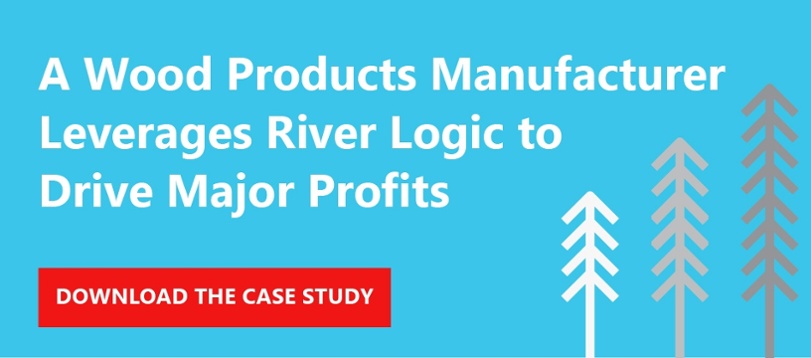Why You Need It
Your business — whatever your industry or business model — exists to do one thing: convert incoming resources into profits by turning those resources into sellable products or services. To achieve that, those resources must be procured in the most efficient, effective way possible—anything else means waste and reduced profit margins.
Procurement optimization helps you to eliminate the waste in your supply chains, whatever the source may be. Modern software solutions will prove a major boon in this effort, as computing power and programming have advanced to the point where prescriptive analytics based upon complex business simulations actually work—you can turn hard data points into hard action, without any of the guesswork inherent to earlier applications of analytics.
Of course, the best procurement optimization efforts are holistic Enterprise OptimizationTM efforts—you refine procurement in parallel with every other aspect of your enterprise strategy, tactics, and operations, from C-level budget decisions to on-the-floor decisions about how to handle storage. When you bring all these concepts together into a single optimization process, that’s where you see real profits.
A Few Tips to Achieving Mastery
Convinced you need to begin looking into procurement optimization for your business or enterprise? Here are a few places to start:
Use the right tools
Most of the effort involved in modern optimization efforts lay in identifying, acquiring, customizing, and utilizing the right enterprise optimization solution for your business. The number of variables and factors involved in modern corporations make it completely unfeasible to achieve ideal results without the assistance of advanced algorithms and modern computing power. You can optimize procurement to a degree, but your competitors will be outpacing you, creating a gap in costs which you can’t compete with. Find the right tools for the job, learn how to use them, and let them do the hard parts for you.
Look at the big picture
Again, very rarely does optimizing procurement in a vacuum give the results you might be hoping for—success in optimization only occurs when you integrate every aspect of the business into a single unified optimization scheme, allowing a single optimization solution to crunch the numbers while accounting for the myriad relevant variables in play. A change that makes for a more perfect procurement process but undermines your companies long-term strategic goals or creates an incompatibility with tactical planning isn’t optimization. You can still emphasize changes in your procurement, but you need to do so with the big picture in mind.
Fuel prescriptive analytics with thorough data collection
Without the right data sources, all the software and simulations in the world won’t produce actionable analytics. You need to identify the information sources relevant to your business and secure data collection systems you can use to parse and process that information. For internal information, this often means overhauls to various subsystems to allow for more granular monitoring—it may be a pain in the early stages, but the gains in long-term efficiency and efficacy will be well worth the investment of time, resources, and capital.
Do your research
Tools do the bulk of the work in modern optimization efforts, thanks to the power of prescriptive analytics, but they aren’t magic: they can only do what you tell them to do. That means that to achieve superior results, you need to research new potential moves for your company, stay abreast of upcoming shifts to your industries landscape, know what your competitors have been experimenting with, etc.
Closing Remarks
Don’t think this is the end of the road, however—even if you achieve everything we’ve talked about here, you shouldn’t stop investigating ways to improve your procurement process. If you’d like learn more about procurement optimization and what else it might mean for your business, be sure to check out our attached document on enterprise optimization.







